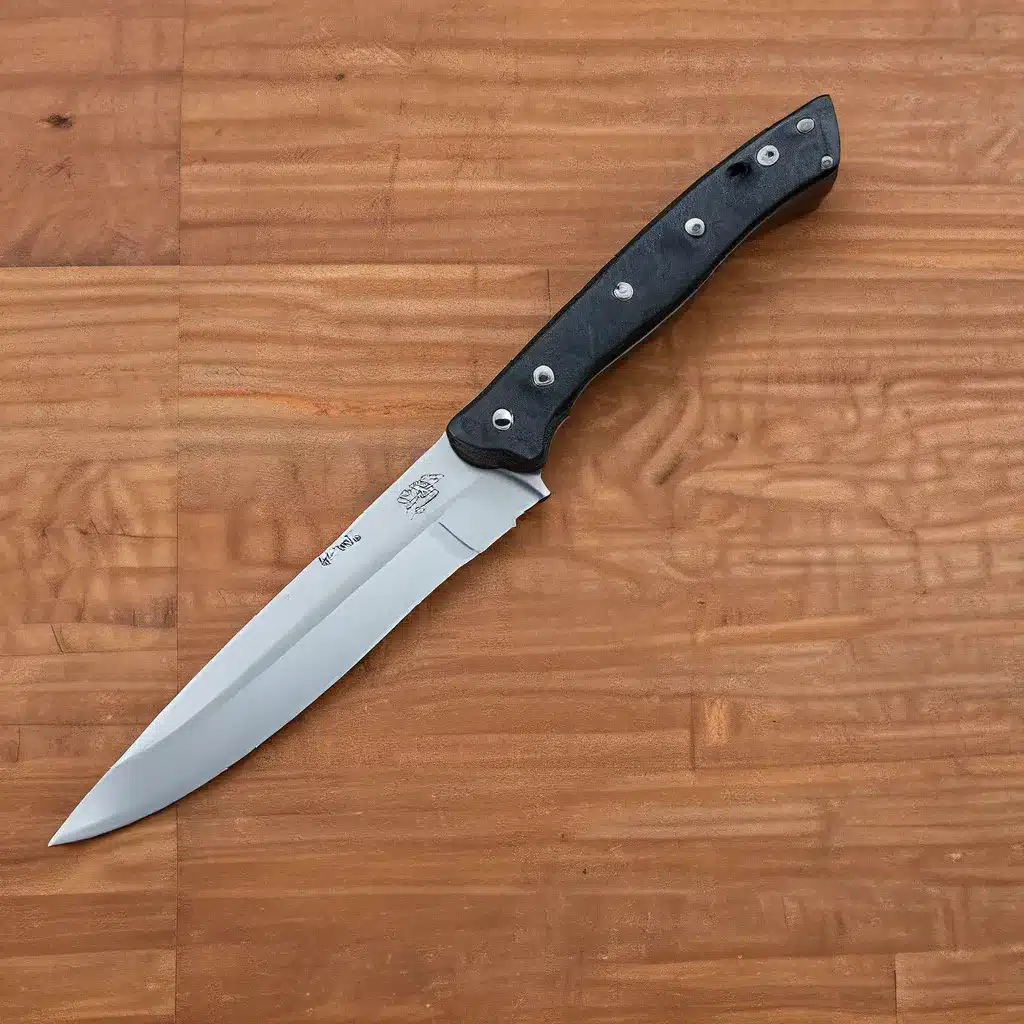
As an avid knife enthusiast, I’ve had my fair share of encounters with the confusing and ever-evolving world of knife laws. It’s a labyrinth of regulations that can leave even the most knowledgeable collector scratching their head. But fear not, my friends! I’m here to share my hard-earned wisdom and guide you through the treacherous paths of legality, ensuring you stay one step ahead of the blade.
The Legal Landscape: A Shifting Patchwork
When it comes to knife laws, the landscape is about as stable as a blade in the wind. Each state, city, and even municipality can have its own set of regulations, creating a patchwork of rules and restrictions that can make your head spin. What might be perfectly legal in one location could land you in hot water just a few miles down the road.
As the source information suggests, it’s crucial to stay informed and up-to-date on the ever-changing laws in your area. What was once considered a harmless pocket knife could suddenly become a prohibited item, and ignorance is no excuse when it comes to the law.
Navigating the Knife Law Maze
Now, I know what you’re thinking: “But how am I supposed to keep track of all these rules?” Fear not, my fellow knife enthusiasts! I’ve got a few tricks up my sleeve to help you navigate this legal labyrinth.
1. Know Your Blade Length
One of the most common and controversial factors in knife laws is blade length. Some jurisdictions have strict limits on the maximum length, while others are more lenient. Familiarize yourself with the specific regulations in your area and measure your blades accordingly. A simple inch or two can mean the difference between a legal carry and a hefty fine.
2. Understand Blade Style and Design
Blade style and design can also play a crucial role in the legality of a knife. Certain features, such as serrations, double edges, or automatic mechanisms, may be restricted or even outright banned in some locations. Research the specific design elements that are prohibited in your area and choose your knives accordingly.
3. Stay on Top of Legal Updates
As I mentioned earlier, knife laws are constantly evolving. What was once legal may suddenly become illegal, and vice versa. Subscribe to legal updates from reputable sources, such as knife-focused websites or local law enforcement agencies. This will ensure you’re always informed and reduce the risk of inadvertent violations.
The Importance of Responsible Ownership
While navigating the legal maze is crucial, it’s also important to remember that responsible knife ownership is paramount. Treat your blades with the utmost care and respect, and always use them for their intended purposes. Engage in proper storage, maintenance, and transport to avoid any potential issues.
Moreover, educate yourself on safe handling practices and share your knowledge with fellow enthusiasts. Lead by example and demonstrate the responsible, law-abiding use of knives. This not only protects you but also helps to promote a positive image of the knife community.
Staying Vigilant and Proactive
In the end, navigating the knife law maze is a never-ending journey, but one that’s well worth the effort. By staying informed, understanding the nuances, and practicing responsible ownership, you can enjoy your passion for knives while staying firmly on the right side of the blade.
Remember, the laws may be complex, but your dedication and commitment to staying on the legal path will pay off in the long run. So, keep your wits about you, stay vigilant, and continue to explore the fascinating world of knives with confidence and pride.


